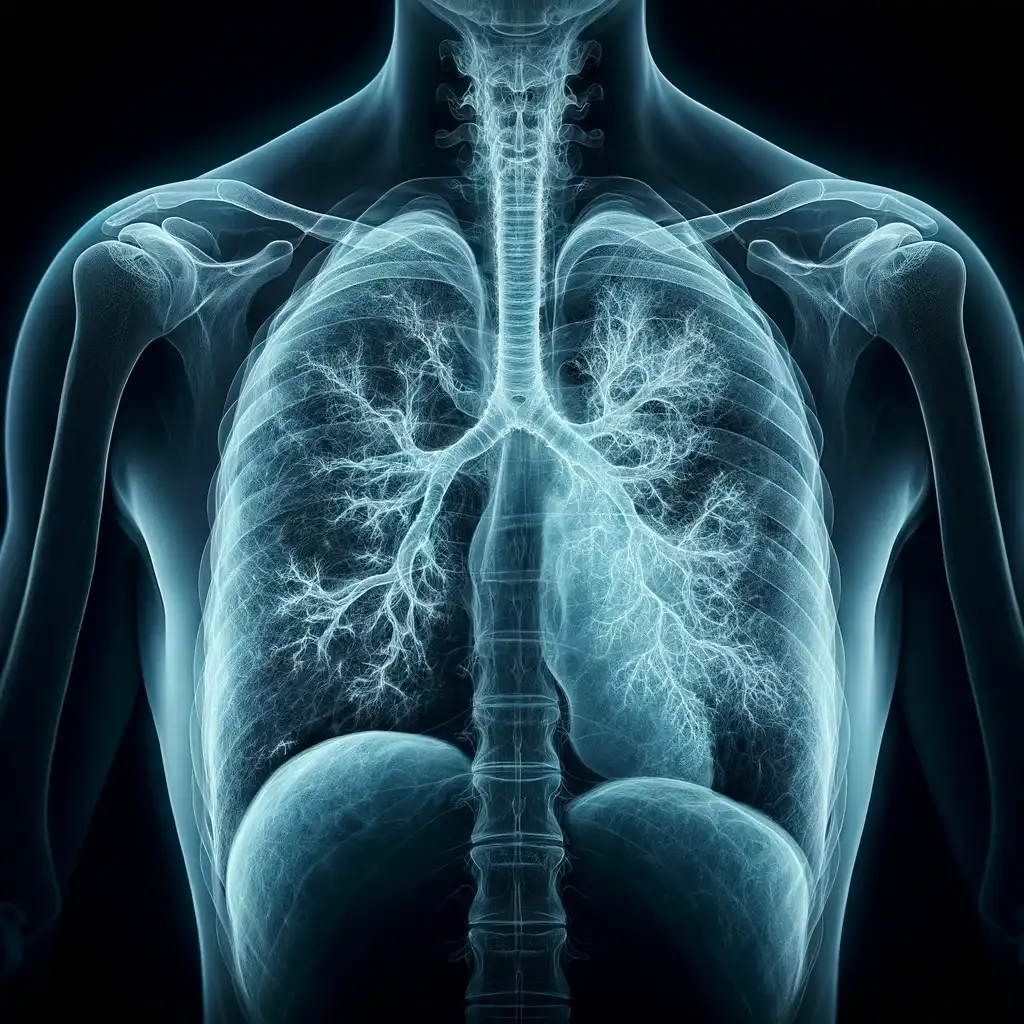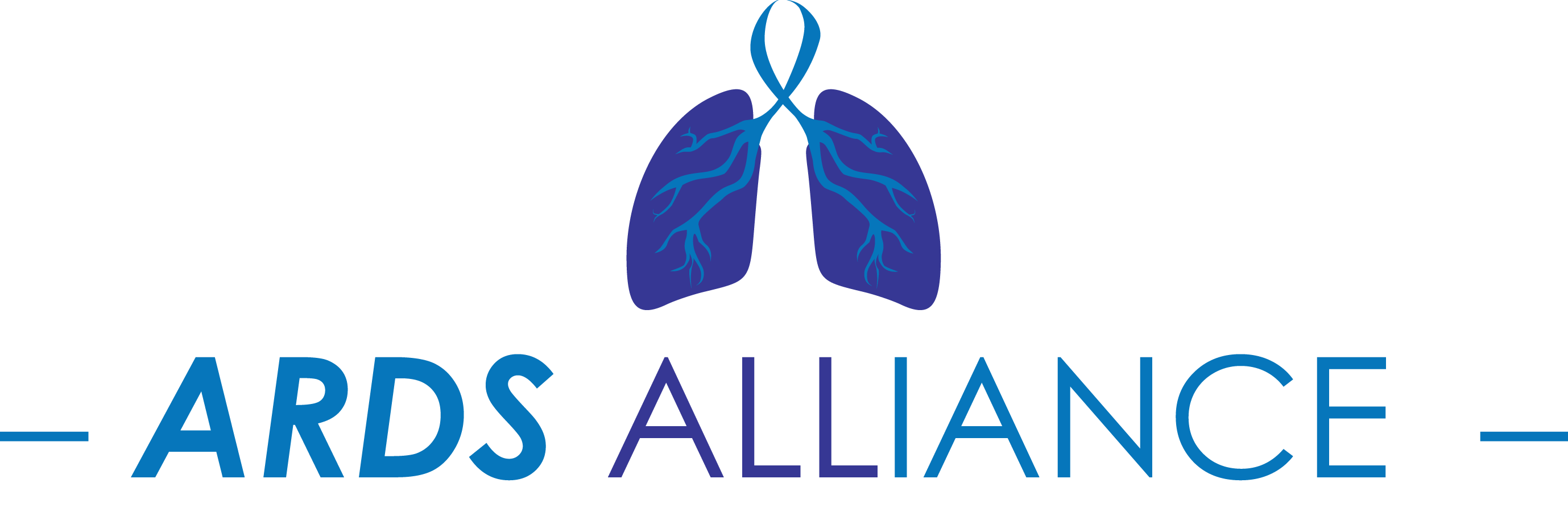ARDS INFORMATION
All About ARDS
Acute respiratory distress syndrome (ARDS) happens when your lungs are seriously damaged, usually by an infection or an injury. If you’re not in a hospital and show signs of ARDS, it’s crucial to go to the ER immediately.
Watch a short video about ARDS:
Key Points about ARDS
What is ARDS? Acute respiratory distress syndrome (ARDS) happens when your lungs are seriously damaged, usually by an infection or an injury. If you’re not in a hospital and show signs of ARDS, it’s crucial to go to the ER immediately.
Effects of ARDS: In ARDS, fluid leaks into your lungs, making it hard to get enough oxygen in your blood. This can be dangerous because oxygen is vital for your body to function.
Improvements in Treatment: Thankfully, treatments for ARDS are getting better, and more people are surviving it. However, the chances of recovery can depend on a person’s age and other health issues they might have.
Understanding How ARDS Impacts Your Body:
Early Stages: At the beginning of ARDS, fluid leaks from the small blood vessels into the tiny air sacs in your lungs. This causes your lungs to become stiff and smaller, making it hard to breathe. The oxygen level in your blood decreases, a condition known as hypoxemia, which can damage your brain and other organs due to a lack of oxygen.
Treatment Needs: People with ARDS often need machines like ventilators and additional oxygen to help them breathe easier and to increase the oxygen in their blood. This support continues until the lungs heal.

What leads to ARDS?
ARDS is caused by injuries to the lungs, which can happen in several ways, such as:
- Sepsis, a severe reaction to infection or trauma.
- Breathing in harmful substances.
- Pneumonia.
- Physical trauma to the head, chest, or other body parts.
- Blood transfusions.
- Pancreatitis.
- Near-drowning incidents.
Who’s at Risk for ARDS?
Most ARDS patients are already hospitalized for other reasons. Some factors, however, can increase the risk of developing ARDS:
- Being older.
- Smoking.
- Chronic alcohol use.
- Existing chronic lung diseases.
- Undergoing high-risk surgeries.
The Symptoms of ARDS
If someone has ARDS, they will have trouble breathing, which can be quite alarming. They’ll breathe faster than normal, and their heart will beat quicker. Breathing might even cause them pain. As their blood starts to carry less oxygen, you might notice their fingernails and lips turning a bluish color.
How Do Doctors Diagnose ARDS?
When someone shows these symptoms, doctors will perform a few tests:
Chest X-ray: This is to check if there’s fluid in the lungs, which is a common sign of ARDS.
Blood Test: This test measures how much oxygen is in the blood to see how severe the problem is.
Diagnosing ARDS involves making sure it’s not something else like heart failure or chronic lung disease, as these can have similar symptoms. Doctors will look for evidence of a lung injury to confirm ARDS. It’s a bit trickier to diagnose ARDS in people who already have heart or chronic lung diseases because the symptoms can be quite similar.

Treating ARDS
Recovering from ARDS can be a scary experience for patients and their families. Younger patients, those who experienced trauma, and patients whose ARDS is caused by blood transfusions generally have better outcomes. Recovery chances are higher if the patient improves before other organs start failing.
Signs like liver or kidney failure and very low blood pressure are serious and can be life-threatening. After surviving ARDS, some people get back full or partial lung function, though there might be some scarring. Even after the lungs get better, issues like muscle weakness or feeling really tired can last up to a year.
Treating ARDS:
Currently, there’s no cure for ARDS. The treatment is about supporting the patient while their lungs heal. The main goals are to ensure enough oxygen gets into the blood and to the body to prevent damage, and to treat the cause of ARDS.
Recovery from ARDS
Key Aspects of Treatment:
Ventilator Support: Almost all ARDS patients need extra oxygen. A ventilator, which might be connected through a mask or a tube in the windpipe, helps open closed airspaces in the lungs and supports breathing.
Prone Positioning: This is when patients are turned onto their stomachs to improve oxygen levels in the blood. It’s a complex procedure and not suitable for every patient.
Sedation and Medication: To ease breathing difficulties and keep the patient calm, sedatives are often used. Sometimes, other medications are needed to help the patient adjust to the ventilator.
Fluid Management: Doctors might use diuretics to remove excess fluid from the body and prevent fluid buildup in the lungs. This must be done carefully to avoid causing low blood pressure or kidney issues.
Extracorporeal Membrane Oxygenation (ECMO): ECMO is a complex procedure where blood is taken out of the body, oxygenated externally, and then returned. It’s high-risk and not suitable for all ARDS patients.
Long-Term Recovery:
Patients with ARDS may need to be on a ventilator for a week or two. If longer support is needed, a tracheostomy (tube in the windpipe) might be recommended. Most people survive ARDS and eventually don’t need oxygen support, regaining much of their lung function. However, some may struggle with muscle weakness and might need to go back to the hospital or undergo rehabilitation to regain strength.
OUR START
Our Background
The ARDS Alliance was founded by Paula Blonski, whose sister Marybeth died tragically of ARDS when she was 36 years old. ARDS Alliance was created to raise ARDS awareness among both the general public and healthcare professionals. ARDS awareness can and does save lives, yet very few Americans have ever heard the word.
ARDS Alliance gives a voice to the millions of people who have been touched by ARDS – to the survivors, and the friends and family members of those who have survived or who have died. Survivors and those left behind often feel as if they are alone.
